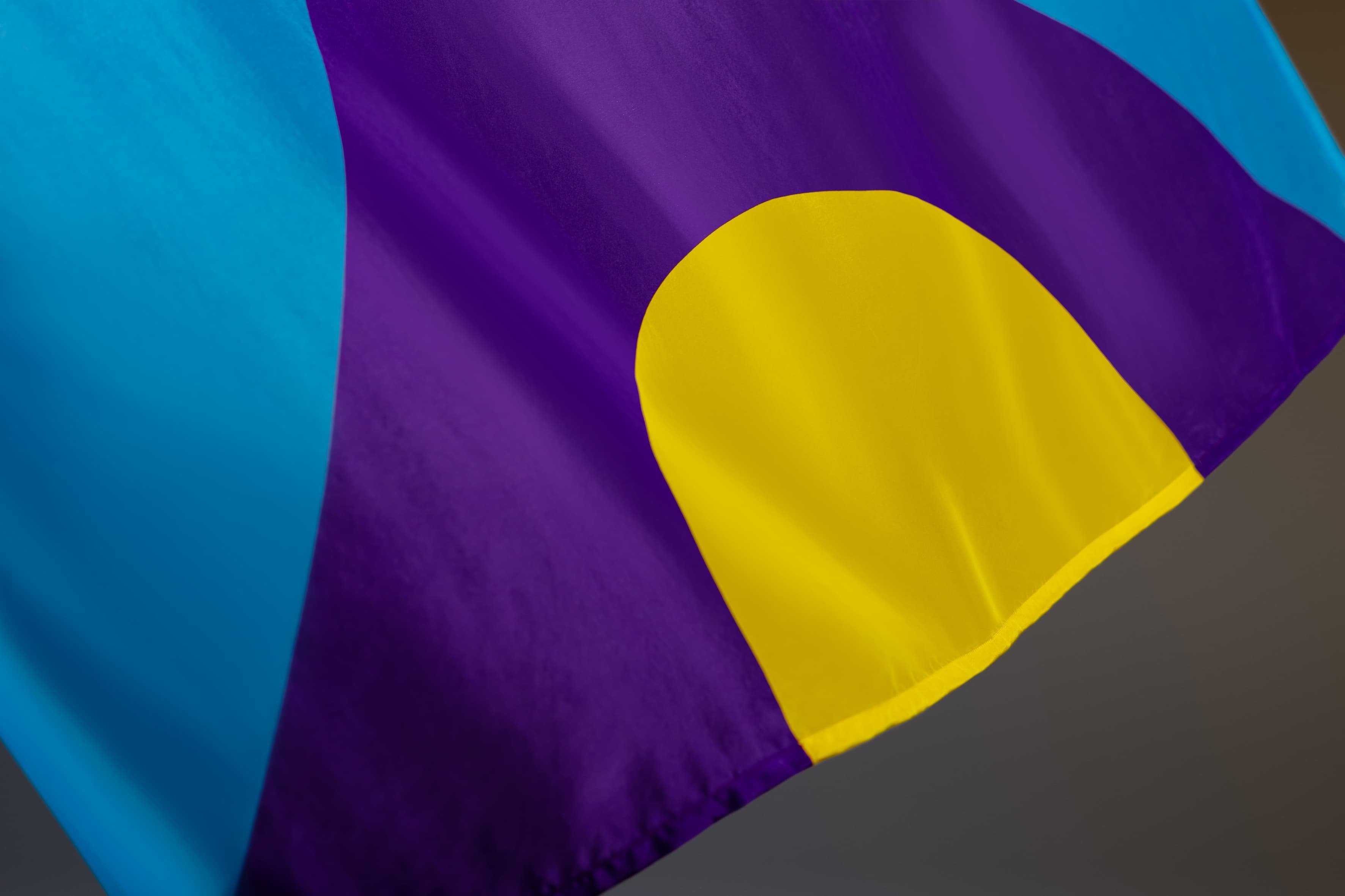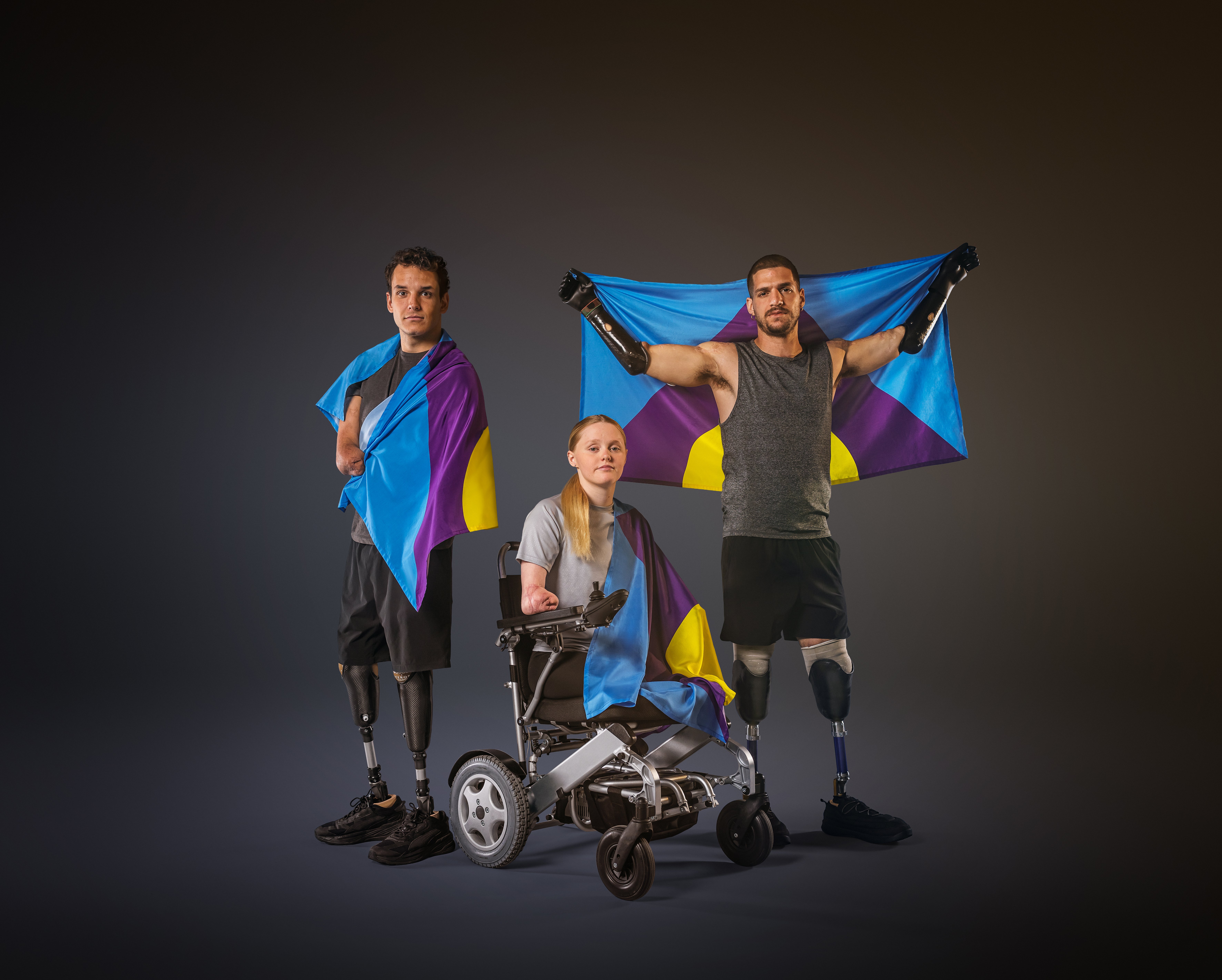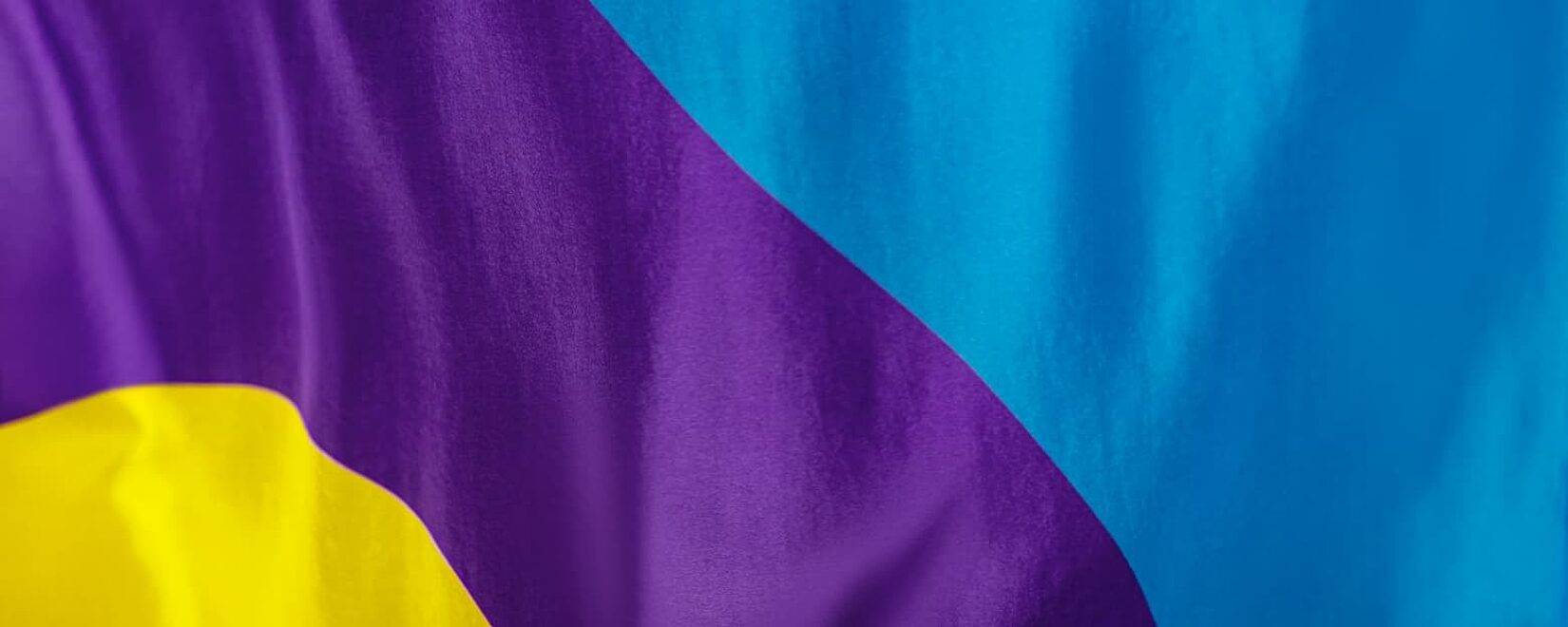Raising the flag: Creating a new symbol to unite us in defeating meningitis
Brian Coane, Partner, reflects on creating the Meningitis Flag and how powerful unifying symbols can be in driving action this World Meningitis Day.
World Meningitis Day on 5 October is the day on which people come together to raise awareness of the disease and what needs to be done to defeat it. This year, for the first time, there’s a new symbol that will help the meningitis community achieve its goal.
Earlier this year Leith had the opportunity to work with global pharmaceutical company Sanofi to create a disease awareness initiative for meningitis. Together with the Meningitis Research Foundation and Confederation of Meningitis Organisations we created the Meningitis Flag, a new symbol to unite the world in the fight against meningitis.

The last 20 years has seen successful efforts to control meningitis in many regions of the world, but it remains a major public health issue affecting more than two and a half million people each year. It’s unpredictable and progresses with frightening speed and can take a life in less than 24 hours. People of all ages in all countries die from this disease, with children the most vulnerable. 250,000 people each year lose their lives to meningitis and the consequences for many who survive are life-changing.
But there is hope that meningitis can be eliminated in our lifetime. In 2021 the World Health Organisation set out a bold roadmap to defeat meningitis by 2030. Like any good plan, turning ambition into reality requires action. And that’s where the Meningitis Flag comes in.
Despite a great deal of dedicated work, meningitis lacks the visibility afforded to other diseases.
A quick Google image search shows that meningitis has wonderful ambassadors and advocates, but until now there has been no consistent way for people to show their support. A similar search on breast cancer demonstrates how the pink ribbon provides an instantly recognisable symbol and colour that combine to make breast cancer awareness a force to be reckoned with.
Unifying symbols can create a step-change in awareness and advocacy. In the 1980s breast cancer was underfunded and taboo. The pink ribbon movement is widely credited with helping transform disease awareness and investment in the last 40 years.
More recently we’ve seen how unifying symbols can be powerful in driving action. Introduced in 2003, Movember created a visual icon to galvanise what had previously been disparate initiatives to increase fundraising for men’s health. Even if you can’t grow facial hair, the moustache has become an iconic symbol which people lend their support to. Now every November Mo Bros and Mo Sistas take action to help men live happier, healthier, longer lives.
In developing the Meningitis Flag we looked at other symbols which had proven successful. In the case of HIV, one of the strengths of the red ribbon was that it was shared beyond those immediately affected. This provided us with some inspiration to make sure that in designing the Meningitis Flag we co-created it with the community. Leith led a co-creation process with textile designer Laura Spring and members of the community from all round the world.
The creative idea for the flag was inspired by Sanofi’s Paris 2024 sponsorship, including three para-athletes who have been affected by meningitis: Ellie Challis (Great Britain), Théo Curin (France), and Davide Morana (Italy).

The proudest moment for any athlete is to fly their country’s flag, but for these three athletes there’s no denying that they fly more than one flag. As well as representing their countries, they represent hope, resilience and survival against the odds. They fly the flag for defeating meningitis.
It was uplifting to work with people whose lives have been changed by meningitis but who are driven to make sure nobody has to experience what they have. Our hope is for the community to unify behind the flag, boosting the sense of support and solidarity that already exists.
‘Having a symbol that represents this disease but especially this whole community, it makes us even stronger, even more visible.’Théo CurinPara Athlete
In this era of populism, symbols and flags are often used as tools to divide us. The Meningitis Flag is here to unite us. Meningitis is a disease which we can come together to defeat. It is largely vaccine-preventable and with the WHO roadmap there’s a clear course for the actions we need to take. As para-athlete Davide Morana said: ‘The ultimate goal is that one day we will be able to defeat this disease that still affects too many people. And I think we’re going to get there.’
In 2024 the Paralympics will once again show how these extraordinary athletes defy limitations with their awe-inspiring prowess. Our Paralympians have shattered stereotypes and their spirit propels us all. With the Meningitis Flag, we hope we can use their strength to bring even greater visibility and support to the fight against this terrible, yet largely preventable, disease.


